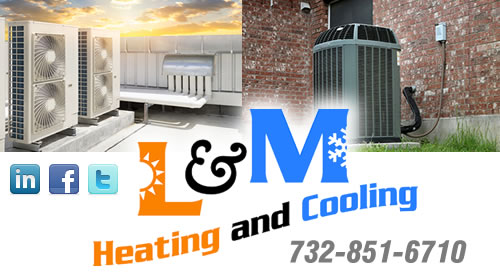If you own a historic home or are thinking about purchasing a historic home, you may have some questions about installing or maintaining an HVAC system. Let’s take a look at some common questions people have when it comes to historic homes and HVAC.
What are the limitations of installing an HVAC system?
Historic homes may have a different set of rules applying to HVAC systems that vary from county or town. Check with your city for specific rules for historic homes. A professional HVAC company in the area will be aware of any specific rules and codes and can check on them for you.
Will my home be able to accommodate an HVAC system without any changes?
The simple answer to this question is probably not. Older homes don’t usually have the proper electrical to support an HVAC system, so updates will most likely have to be made. There also may be structural issues like ceiling height, room for ductwork, and certain finishes that will need to be tweaked or modified. A professional HVAC company like L&M Heating and Cooling will be able to walk you through the process.
What kind of HVAC system is best for my historic home?
There are a few different options for HVAC systems that may work in your home. Let’s take a look at the most common choices.
- Mini-Split System: This system has both an indoor and outdoor unit and doesn’t require much ductwork making it a popular choice for historic homes.
- High-Velocity AC: If your home doesn’t have existing ductwork, this may be the right choice for you since it uses small tubes that can be fitted around existing structures.
- Modulating-Condensing Gas Boiler: A common heating system in historic homes.
- Central Air: Can be used in homes with adequate attic or basement space.
When deciding on HVAC systems, talk to other historic homeowners in your area and then contact the experts at L&M Heating and Cooling to get started.

